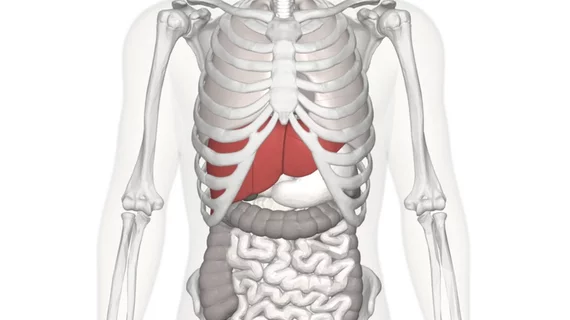SBRT an effective local treatment for HCC patients
Stereotactic body radiation therapy (SBRT) is an effective locoregional treatment option for patients with hepatocellular carcinoma (HCC), according to results of a study presented at the American Roentgen Ray Society (ARRS) 2019 Annual Meeting in Honolulu.
SBRT was also associated with a low local progression rate, reported study author Mishal Mendiratta-Lala, MD, with the division of abdominal radiology at Michigan Medicine in Ann Arbor.
The goal of the study was to determine the natural history of imaging findings seen on MRI of HCC patients treated with SBRT. The authors hypothesized that arterial phase hyperenhancement (APHE)—an important feature of untreated or recurrent HCC—following SBRT did not suggest a persistent untreated tumor.
In the study, Mendiratta-Lala and colleagues included 146 patients who underwent SBRT for HCC, and screened them for inclusion criteria, which included: HCC treated with SBRT, multiphasic MRI three months before treatment, minimum one year follow-up MRI after SBRT and underlying cirrhosis. Sixty-two patients with HCC were ultimately included.
Within the first year after SBRT, 66% of tumors saw a size decrease and 34% remained unchanged. Following SBRT, 75% of treated HCCs demonstrated solid APHE, 25% were nonenhancing at initial follow-up. Of the tumors with arterial enhancement, 58% were APHE.
When these treated tumors were graded using modified Response Evaluation Criteria in Solid Tumors (mRECIST) criteria at 3-6 months, a quarter were determined to be complete response, while 75% met criteria for stable disease. After one year, however, zero tumors were determined to have local progression.
The researchers determined that persistent arterial phase enhancement can be expected following SBRT. Therefore, standard response assessment classification systems—like mRECIST—can result in the misinterpretation of a patient’s response to treatment and must be used with caution.
“The results of this research are extremely exciting, as it will significantly impact clinical care,” said Mendiratta-Lala, in an ARRS release. “Historically, APHE seen in HCC treated with SBRT has been interpreted as viable disease and patients have undergone repeat treatments.
However, our results, as well as a few additional studies from our institution, suggest that these lesions are non-viable, and thus these patients do not need to undergo additional treatments, and can even be eligible for transplant.”

